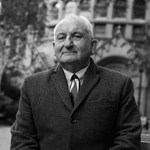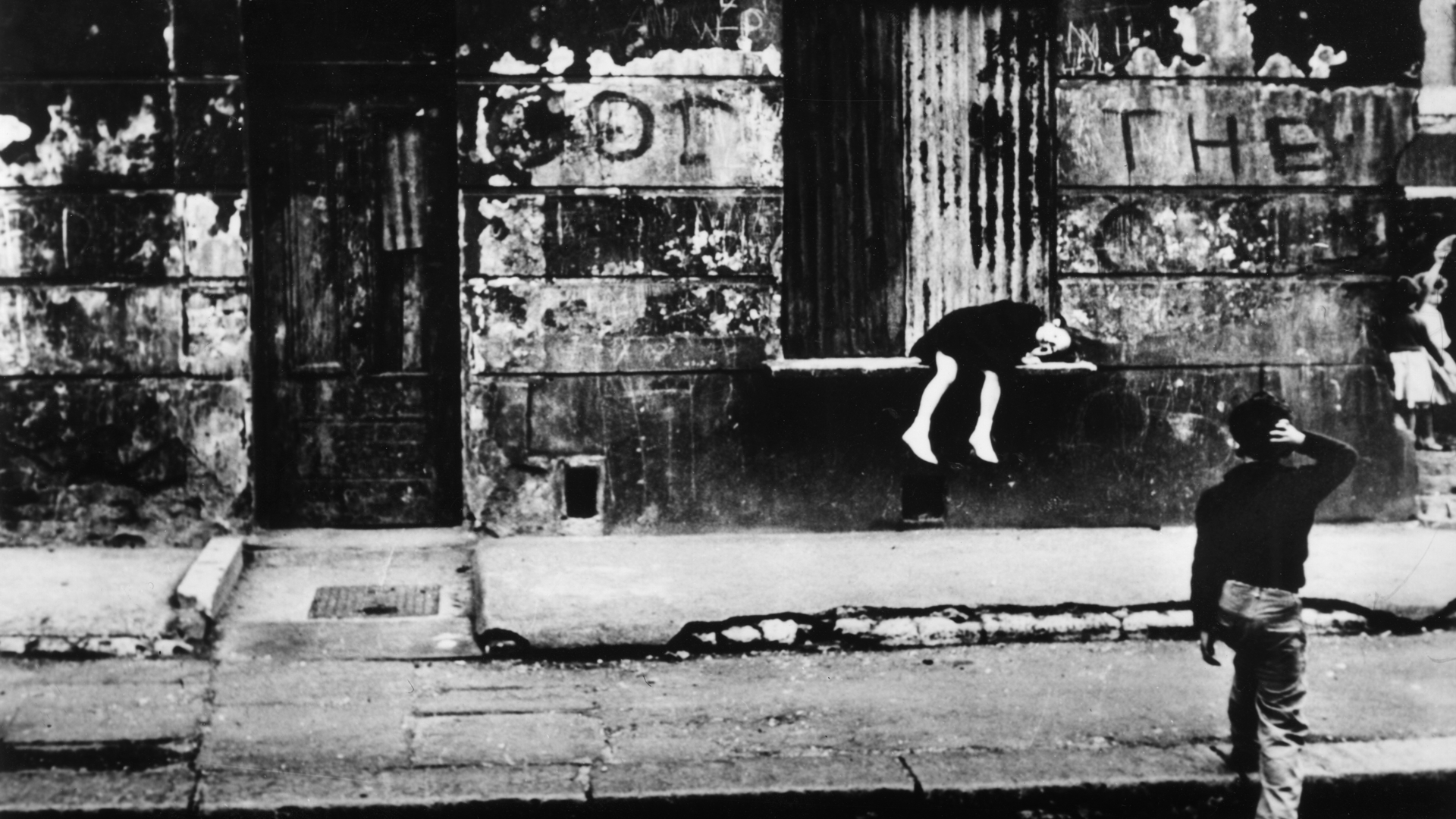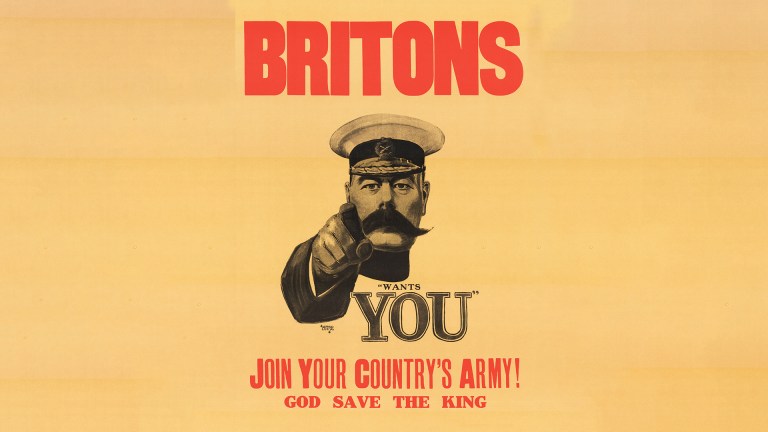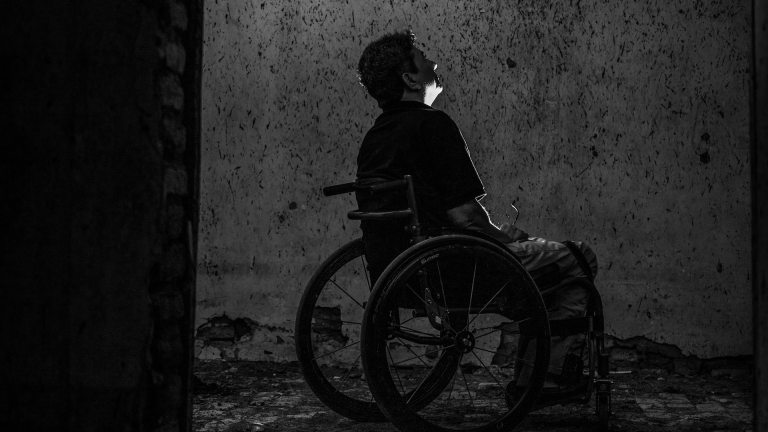There must be a declining number of old art codgers like me, self-appointed historians, who when going to the City of London’s Barbican Centre find it still conjures up visions of the incredible burning buildings of Silk Street. Bombed in the Second World War and then revived as the largest arts centre of its kind in Europe in the early 1980s, the Barbican was a gift to the nation from the City of London.
But the World War 2 reference is not wide of the mark when considering the brilliant new exhibition running at the Barbican until late June. Called Postwar Modern: New Art in Britain 1945-1965, it is a large exhibition featuring 48 artists, and it is well worth a good morning or afternoon’s visit.
I knew most of the artists, having been at Chelsea School of Art in 1964-5 – not personally but through their reputations. But I had not before the Barbican show realised the significance of the recently ended war. Angst, destruction, works that could be stains on bombed buildings are much in evidence. Scrappings from a falling-apart world, and I could not stop myself thinking of the onslaught in Ukraine going on as we speak.
One artist, seeming to grasp the angst of the time, had fascinated me in the mid-1960s when he took over the window from a dress shop called Jaeger in the King’s Road, Chelsea. He displayed piles of burnt books. I loved this apparently anarchic madness, but now on reflection it seems it was all a bit of a recovery job from the despoliations of Nazi Germany’s blitzkriegs. Perhaps even making art out of the books the Nazis burnt in mass bonfires when they first came to power. John Latham, the book-burning artist, is shown in the exhibition with – among others – an enormous full-stop painting. To me it looks more like a burnt-out sun.
Nearby are the sculptures and prints of a very interesting postwar artist who I got to know in the 1980s. Eduardo Paolozzi and I were friends until he accused me of surrounding myself with losers. Irrespective of such a slight, I remain a firm believer in the strange use he made of rubbish and pieces of broken wood in his sculptures. I would often walk down the road with him, and he loved nothing better than a good builder’s skip to salvage what to him was the art of tomorrow.
Yes, there was a savagery in the art of that period, which was later dumped as people like David Hockney came along and drenched us all in Californian sun. In fact there are two early Hockneys that have the stained-walled effect shared by his older peers. And they are very beautiful, though lighter than some of the angsty artworks. I loved Hockney’s work when he first started, but increasingly I have understood what the Evening Standard art critic, the late Brian Sewell, meant when he said that “Hockney must be blind to paint like that.” My opinion is not quite as severe, but Hockney does always remind me of a very good illustrator or designer who uses colours almost to cheer you up.











